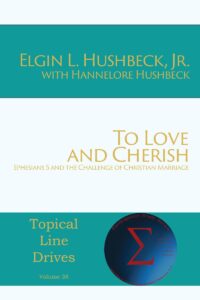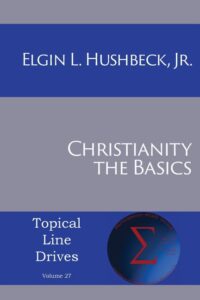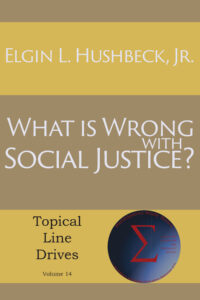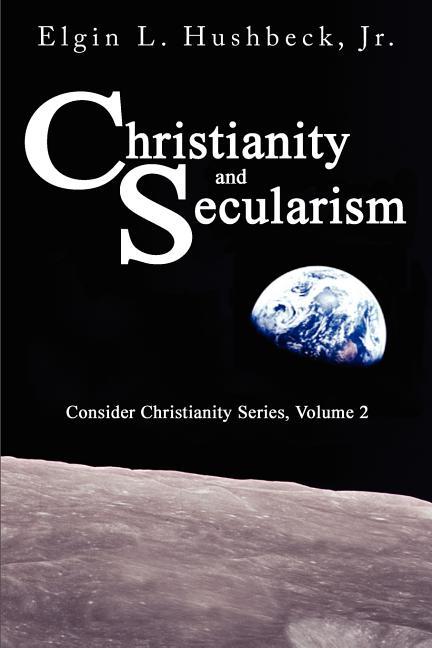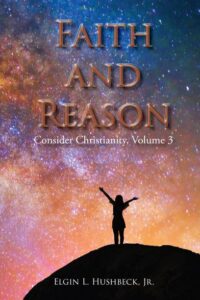Listen to the MP3
April 13, 2007, Wausau, Wi— Bart Ehrman’s recent book, Misquoting Jesus: The Story Behind Who Changed the Bible and Why, has recently been cited by those casting doubt on the text of the New Testament. Yet, despite the title Ehrman’s book is really just a popular overview of New Testament textual criticism. In fact when you get down to it, there is very little in the core of the book, that I, someone who believe in Inerrancy, could not have written, and in terms of the evidence presented, there is no major conflict with my book, Evidence for the Bible which claims that “the text we have today is essentially the same as that penned by the original authors.”
The heart of the issue is that there are over 5000 Greek manuscripts and over 20, 0000 manuscripts of translation of the New Testament. Since all these manuscripts were manually copied they don’t all completely agree. The key question is, what are we to make of these differences? For Ehrman, these differences are a problem. For me, while it may initially sound like a problem, when the actual differences are analyzed, I don’t see much of a problem at all.
After all, the main goal of Textual Criticism is to evaluate all these manuscripts to determine which of the various versions of a passage is what the original author wrote, and which were changes or errors made by later copyist. While there are lots of differences between the numerous manuscripts, most of the time it is not difficult at all to determine which version is the original version and which were the result of later copyist, particularly when there are some pretty standard types of errors that can occur when copying, such as skipping a word or line, etc. As a result most of the difference can be dealt with fairly easily.
In fact, Ehrman and I both agree that, in Ehrman’s words, “most of them are completely insignificant, immaterial, and of no real importance for anything other than showing that scribes could not spell or keep focused any better than the rest of us.” (pg 208) However, Ehrman goes on to say that, “It would be wrong… to say – as people sometimes do – that the changes in our text have no real bearing on what the texts mean or on the theological conclusions that one draws from them.”
As for this last statement, it all depends on what is meant by “text.” If one means the verse or passage where the difference occurs, then of course this is true, as I discuss in my book. If, on the other hand, this is taken as referring to the Bible as a whole, as Ehrman implies, that is something quite different.
You can perhaps better understand the reason for our different conclusions on the minority of places where the changes are significant, if you look at Ehrman’ list of his top ten additions to the Bible. Two of the ten verses Ehrman’s claims were added are also missing from the main text of modern Bibles like the NIV, while 4 others are bracketed off and preceded by statements that these passages are not found in “The earliest and most reliable manuscripts and other ancient witnesses.” Another of the ten is mentioned in a footnote as a possible addition. The remaining three alleged additions are known variants about which there is some disagreement among scholars, and there is good evidence to support that these three were original, but even if Ehrman, is correct and these verses were added, the teaching in the verses are duplicated in other portions of the New Testament. Thus while their absence would obviously affect the teaching of the passage, it would not affect the overall teachings of the Bible.
So of Ehrman’s top ten, Most are already reflected in modern Bibles and none even if Ehrman is correct, affect the overall teaching. In fact, the first of Ehrman’s top 10 (1 John 5:7) is discussed in my book as an example of a significant change.
So as a summary of the history and methods of Textual Criticism, Ehrman’s book is a good popular survey. As an argument for how the Bible is unreliable, it fails miserably.
The major difference between Ehrman and myself would be over significant to the average reader of passages about which there is some doubt. As I pointed out in Evidence for the Bible, “no major teaching of the church depends on a single verse, much less a verse in which there is a variant reading.” Nor is any of this information hidden, but is accessible to any who are interested.
In short, as I argue in my book, Evidence for the Bible the text we have today is essentially the same as that penned by the authors.
